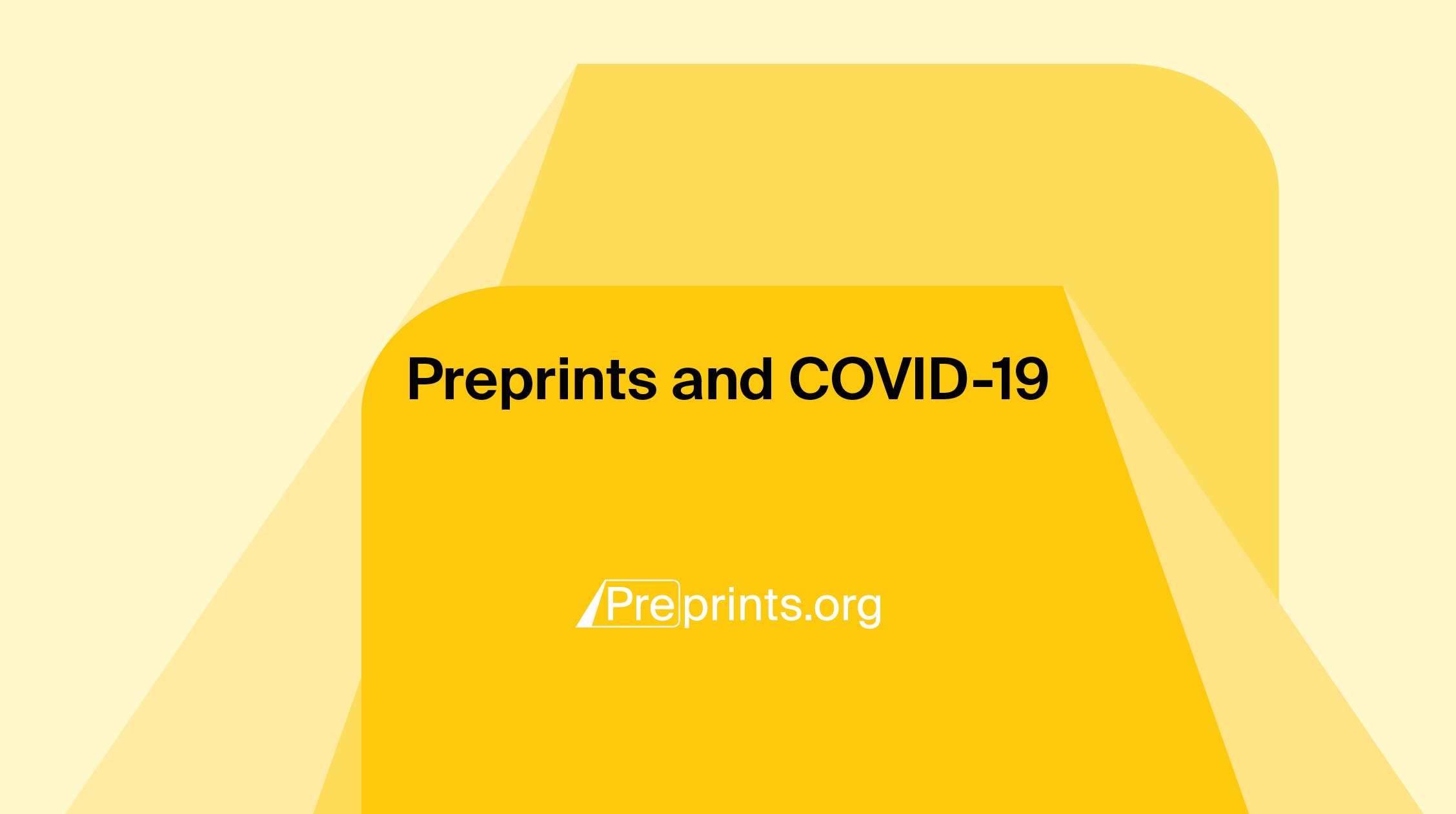
Preprints and COVID-19
The world of preprints is a fascinating one, and we’ve started to go into more detail about them in other articles. Preprints are a special sort of academic publication and during the COVID-19 pandemic they saw a great deal of growth.
Unlike standard academic publications, preprints can be updated when new information is made available, so long as the content hasn’t been published previously or elsewhere. Whenever a new version is produced, it appears as a new and separate piece. They are available online for free and are multidisciplinary – the many different articles can be accessed from Crossref, Google Scholar, Scilit and more. We’ll go over some of the pros and cons in another article, but will touch on them briefly here.
Preprints and COVID
While preprints have been around for quite some time, it was the COVID-19 pandemic that really pushed this type of publication into the limelight. Because of the need for research, preprints played a pivotal role (and continue to do so). But there are some pros and cons.
Pros during the pandemic
Especially in the initial phase of the COVID-19 pandemic, it was important for research to be made available to different parties around the world. The traditional peer review process, while useful to ensure that research is accurate, can be very slow. This means that research results on COVID, be it mask efficacy or the cardiovascular effects of certain vaccines on teens could be made available quickly and accelerate research as a whole.
This has likely contributed to lives being saved through the dissemination of best practices and in the course of vaccine development.
Despite these massive benefits, there have been some downsides as well.
Cons during the pandemic
Unfortunately, there was a significant issue that existed during the pandemic. Preprints are not peer reviewed. There is a fundamental difference between peer reviewed materials, which have undergone vigorous review to ensure that content, methods, and data are correct, and preprints, which have not been peer reviewed. This has led to some situations where normal people and media outlets have misunderstood the content as being “more certain” and this in turn has led to confusion.
Because preprints “look” like finished research, this has made the issue more confusing.
In a sense, while the increase in amount of information available has been beneficial, not all the information has been of the same caliber. Because of the lack of vetting procedures, this has led to sometimes contradictory information being available and this has led to confusion.
Clarification on preprints
The COVID-19 pandemic and the way that a lot of media organizations covered it (and continue to) has created some fuzziness about what preprints are. Because preprints are so valuable to help other researchers to gain access to data and information, their utility cannot be understated. But let’s go over a handful of things to keep in mind when we’re discussing them.
Are preprints publications
Preprints are publications, and if you’re an early career researcher, there is a chance that they can help you to establish yourself in a big ocean of other researchers. But they aren’t the same as academic articles that are peer reviewed. They are (and should be) viewed with some amount of skepticism until the research undergoes proper vetting through the peer review process.
Are preprints citeable
One of the major benefits to producing a preprint is that it can be cited. This means that the work done can be recognized by others and incorporated into ongoing research. All preprints are registered and have a unique digital object identifier (DOI) issued by Crossref. They are instantly citable and, if they are updated after the fact, a new DOI can be issued to ensure that there is transparency in the different versions of the documents. (One could imagine a situation where someone cites a particular preprint only to have it edited and changed after the fact. With the issuing of a new DOI, this is not possible).
How the media can improve
One of the most important ways to improve communication on anything is to understand it better. Establishing a new vocabulary for how we discuss science in the media, and educating viewers as to the nature of what the difference between preprints and peer reviewed research is can help people to understand the weight of research when it is cited. Not jumping to conclusions or overstating research outcomes is also important. Research evolves over time as more information is available and the public needs to be made aware of this continuum.Education about the differences in these kinds of research is important.
How to submit your work
For a more in-depth review of the pros and cons of preprints we have another article that will cover these questions. For additional information on some of the other related aspects of preprints, we encourage further reading on the subject.
If you want to submit your work to Preprints.org, you can visit their website and go through their submission checklist. In addition to the normal benefits, authors can also find use out of iThenticate reviews and recommendations for journals to publish in.










